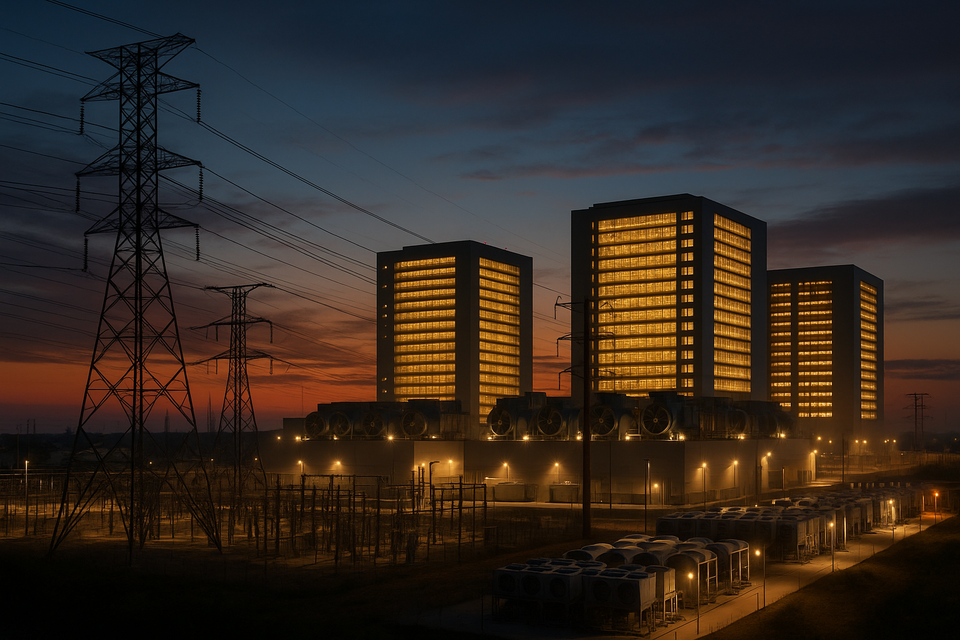The Digital Load Curve: How Computing Rewired America's Grid—and Why AI May Break It Again
From 2000 to 2005, U.S. data center energy use grew by 90%. Efficiency gains slowed growth, but the rise of cloud computing and AI since 2014 caused a surge. By 2028, data centers may consume up to 12% of U.S. electricity.




